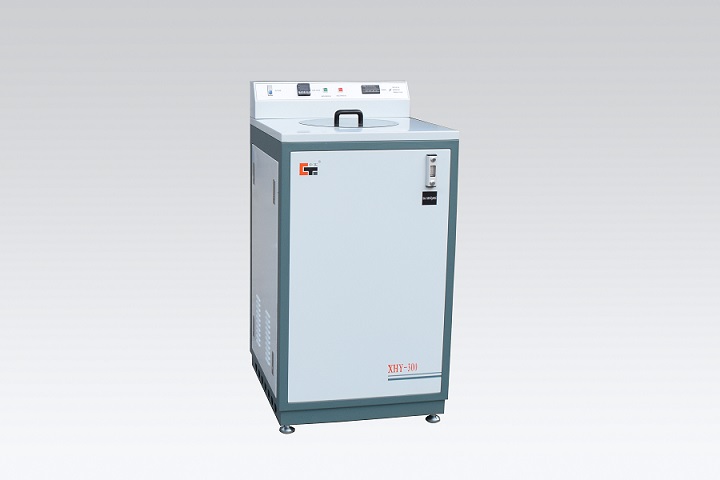The methylene chloride immersion test is an important test item for PVC-U pipe. It is used to characterize the degree of plasticization and uniformity of the pipe. The degree of plasticization of the pipe will directly affect the long-term hydrostatic performance of the pipe, which has a direct impact on the service life of the pipe. Different standards have different requirements for the detection conditions of pipes.
In line with the standard: ISO 7676-1990 "hard polyvinyl chloride (PVC-U) pipe - methylene chloride immersion test method"
GB/T13526: Hard polyvinyl chloride (PVC-U) pipe methylene chloride immersion test method.
Reagent: dichloromethane, analytically pure
Device: 800 sandpaper constant temperature water tank timer stainless steel container
Sample: Cut a pipe section of at least 100 mm from the pipe. If the material is not heated as much as possible, carefully cut the section of the sample with a right-angle turning tool, and then gently grind it with 800 grit sandpaper to make the section smooth and flat.
Test procedure: Pour methylene chloride into the container to a depth of at least 30 mm.
The container is placed in a constant temperature water tank, and the temperature of the water bath is adjusted. When the temperature of the dichloromethane reaches 20±5° C., the sample is placed on the grid and immersed in the container, or the sample is suspended in dichloromethane. The immersion depth shall not be less than 30 mm, and the polished surface of the sample shall be immersed in the solution.
The sample is immersed at 20Min at a constant temperature.
Remove the sample from the container and dry for 15 minutes.
The inner and outer surfaces and sections of the specimens in the
Methylene Chloride Soak Tester were visually inspected, and the damage lengths of the inner and outer surfaces and cross sections were measured with a tape measure and a vernier caliper, and all changes were recorded.
The result indicates: the category of change
The quality of the sample surface is assessed using the following ratings:
a. N has no change or slight change
b. L slight change
c. M surface damage
d. S surface is seriously damaged (sample peeling, cracking, crusting, etc.)


